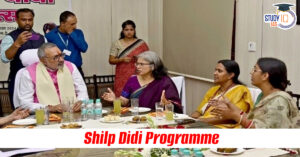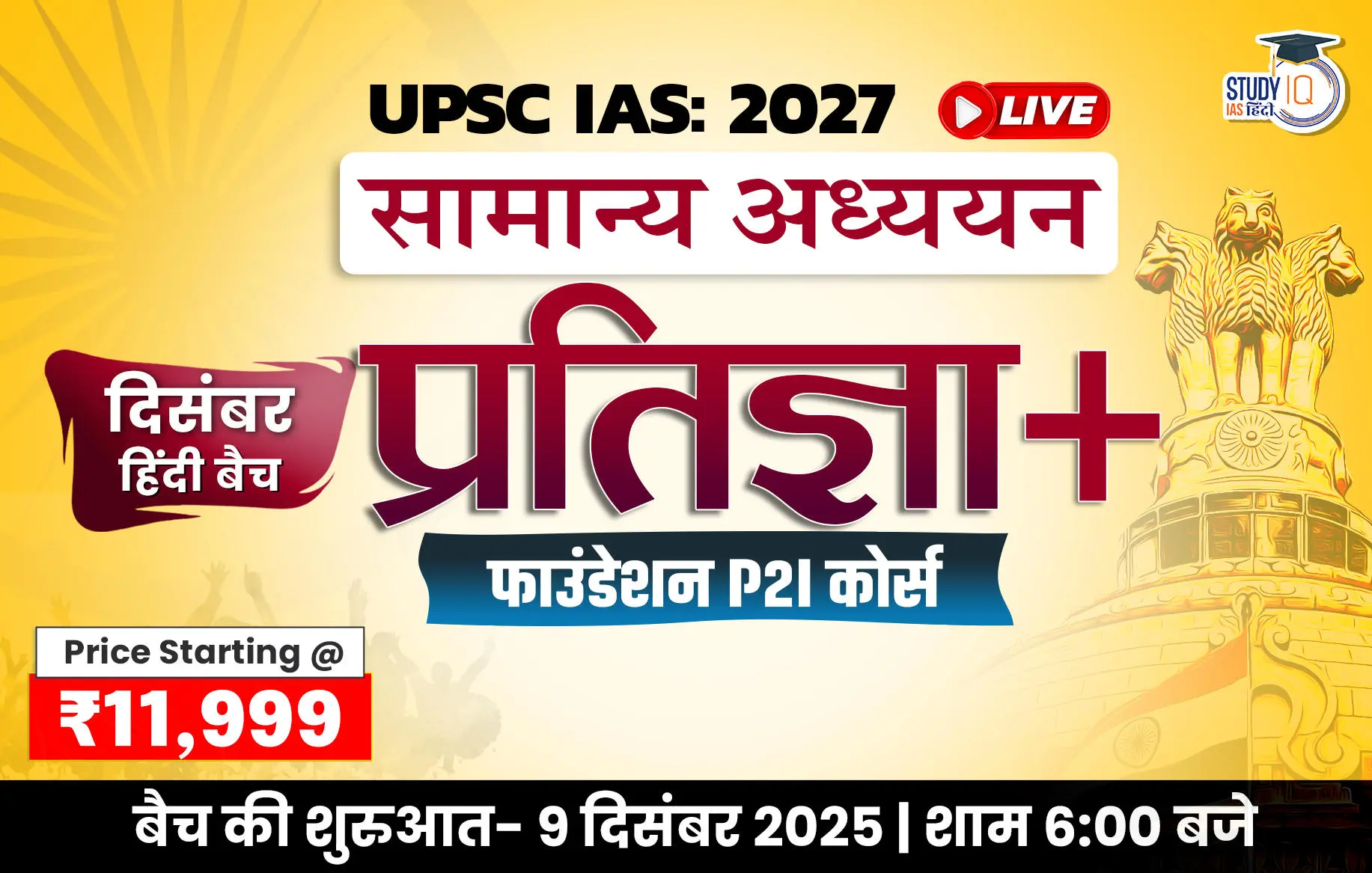Table of Contents
British Colonial Policies and Female Infanticide
- DSS argue that British colonial policies intensified female infanticide.
- While this has already been well-documented, the pre-colonial practice of infanticide, especially among groups like the Rajputs, worsened under colonial rule due to land and revenue policies.
- Families, facing economic pressures, resorted to female infanticide to avoid the shame of having unmarried daughters with inadequate dowries.
- DSS failed to acknowledge that this cultural aspect of “pride and purse” was already part of Indian society.
Child Sex Ratios (CSRs)
- CSRs Over Time:
- 1971: 964 girls per 1,000 boys
- 1981: 962
- 1991: 945
- 2001: 927
- 2011: 918
- Significant Decline: The most notable drop occurred after 1991, especially in states like Haryana and Punjab, where there was already a strong cultural preference for sons.
Misinterpretation of Sex Selection Technologies
- DSS incorrectly dates the spread of sex-selection technologies.
- Amniocentesis, introduced in 1975, was not widely used for sex selection.
- Widespread misuse began only with the advent of ultrasound technology in the 1980s, which was part of routine prenatal care.
- DSS also fails to mention that women’s organisations and health activists mobilised against sex determination, leading to a ban on such practices in government hospitals in 1978.
- Despite this, private practitioners continued the practice.
Influence of INGOs
- Population Control Measures: International NGOs (INGOs) promoted population control based on fears of overpopulation.
- This focus often prioritised family planning over other health issues.
- Organisations like the Ford Foundation and Rockefeller Foundation played significant roles in introducing sex determination technologies.
- Legal Bans and Poor Implementation: Legal bans on sex determination were first introduced in Maharashtra in 1986, followed by a national ban in 1994.
- However, poor enforcement allowed the practice to continue due to collusion between private medical practitioners and government officials.
Cultural and Economic Drivers of Sex Selection
- Sex selection in India is driven by the desire for smaller families, the devaluation of daughters, and the economic constraints faced by families.
- Many families aim to have at least one son for economic security and may prefer only one daughter, which ties into the state’s two-child norm.
- These choices reflect the rapid social and economic changes shaping family decisions, not merely tradition or technology.


 UNEP Champions of the Earth Award: UN's ...
UNEP Champions of the Earth Award: UN's ...
 Shilp Didi Programme: Empowering Women A...
Shilp Didi Programme: Empowering Women A...
 Is the Falling Rupee a Cause for Alarm?
Is the Falling Rupee a Cause for Alarm?

























